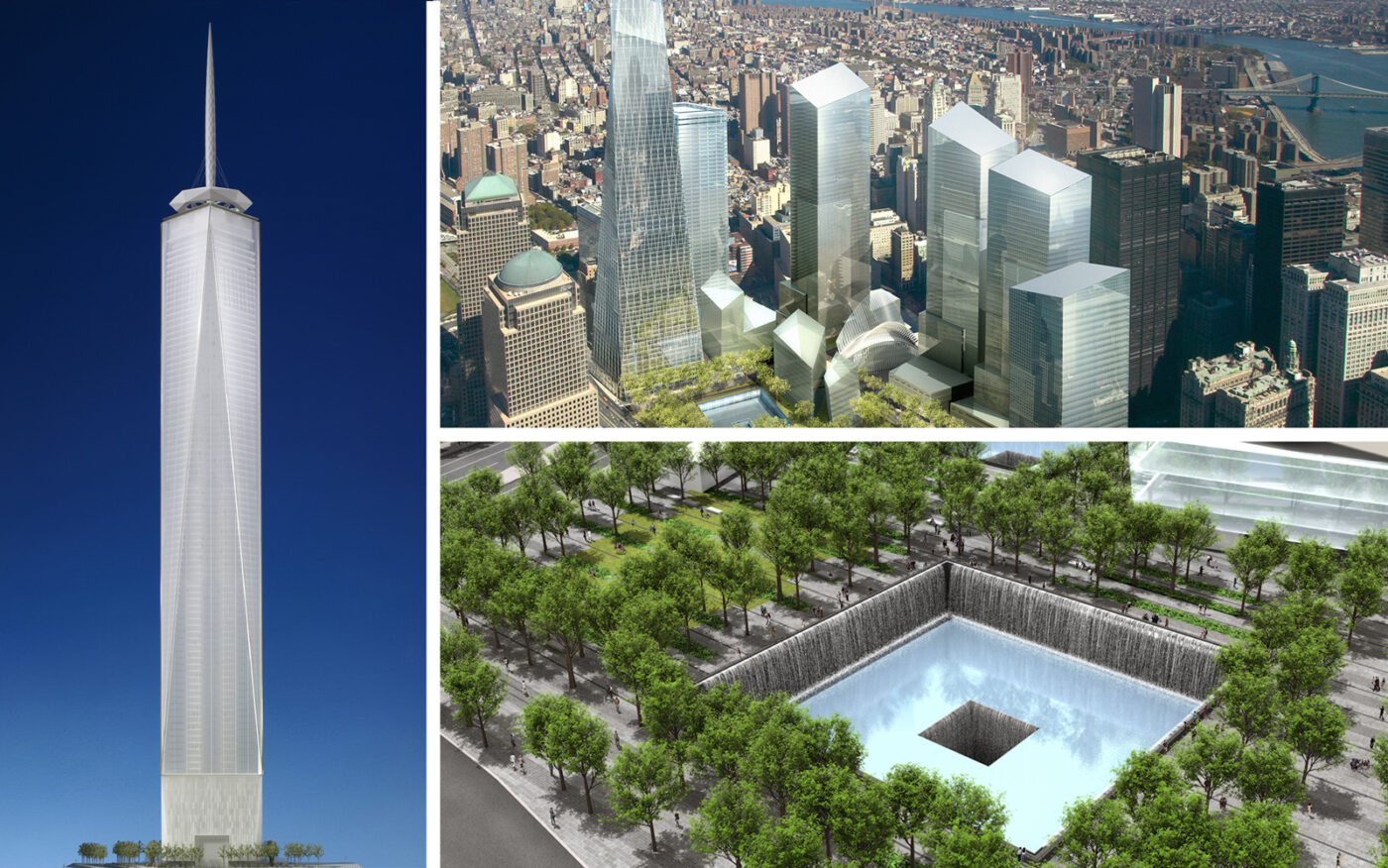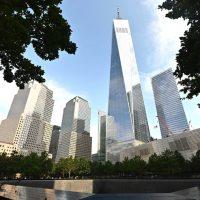 5 World Trade Center gets the rubber stamp
5 World Trade Center gets the rubber stamp
Trending
Post-9/11 development agency to wind down at last
State to absorb embattled Lower Manhattan Development Corp.

For two decades, critics have called for the Lower Manhattan Development Corporation to be shut down.
At one point, the organization’s leaders even announced they were closing up shop. “The LMDC had a mission and we’re nearing the end of the mission,” then-chair Kevin Rampe told the New York Times. That was in 2006.
The agency, formed in the wake of 9/11 to rebuild the area, forged on even as Mayor Michael Bloomberg campaigned to dismantle it. In 2008, on the seventh anniversary of the terrorist attack, the mayor, frustrated at the pace of rebuilding, called the office part of a “multilayered governance structure that has undermined accountability from the get-go.”
But now, following an agreement to build 1,200 apartments at 5 World Trade Center, the LMDC is winding down. For real, this time.
The plan is for the state’s Empire State Development to absorb the agency by March, according to state officials. The LMDC needs to still technically exist because it is a conduit for federal grants for the Perelman Performing Arts Center, Pier 42 and other projects — even the restoration of a centuries-old wooden ship excavated just south of where the Twin Towers stood.
“For over two decades, LMDC has steadfastly led the rebuilding of the World Trade Center site, resulting in the dynamic community it is today,” a spokesperson for the governor said in a statement. The 5 WTC agreement “represents Governor Hochul’s commitment to ensure LMDC completes the original vision of what Ground Zero should become.”
Officials have long talked about shifting the agency’s responsibilities to the state. In 2011, Gov. Andrew Cuomo called for the consolidation of the LMDC and another Empire State Development subsidiary, the Moynihan Station Corporation.
The LMDC was launched in November 2001 by Gov. George Pataki and Mayor Rudy Giuliani to oversee the redevelopment of the World Trade Center and help coordinate city and state efforts. By one count, 19 public agencies were involved with that effort.
As with much about the massive redevelopment, the LMDC’s history is complicated, involving competing political interests across five gubernatorial administrations and four mayors.
“This entity was set up at a time of extraordinary crisis and distress,” said Alicia Glen, a former deputy mayor under Bill de Blasio who has served on the LMDC board for nine years. She said the agency’s role evolved from “reactionary crisis management,” to a planning agency to a mainly transactional entity.
While elected officials repeatedly called for its dissolution, the agency had powerful defenders, including the late Assembly speaker Sheldon Silver. His arrest in 2015 on corruption charges triggered new calls for the agency to close.
Disagreements between the LMDC and the Port Authority of New York and New Jersey delayed the progress of 5 World Trade Center. The former wanted to allow a mixed-use project, including residential, while the latter pushed for office use. The two agencies eventually agreed to let developers pitch either project type. (Residential won out.)
Beyond the legal need to have an entity that federal funds could pass through, the LMDC gave the city a seat at the table in determining the future of the World Trade Center sites.
“It was a place and a space where various stakeholders had to come together to make a deal,” Glen said. “I think that LMDC played an incredibly important role in maintaining continuity and just trying to be focused on the site being rebuilt.”
Read more
 5 World Trade Center gets the rubber stamp
5 World Trade Center gets the rubber stamp
 19 years after 9/11, does Lower Manhattan still need subsidies?
19 years after 9/11, does Lower Manhattan still need subsidies?
 The metamorphosis of the metropolis
The metamorphosis of the metropolis




